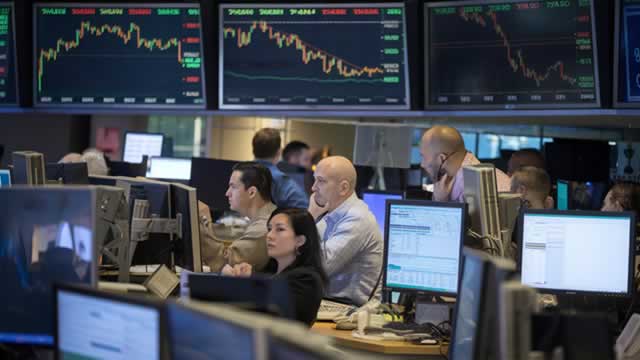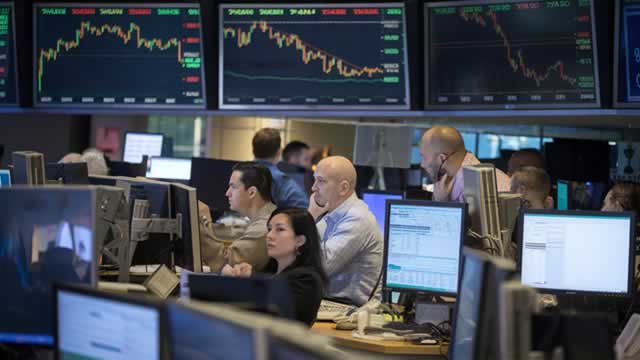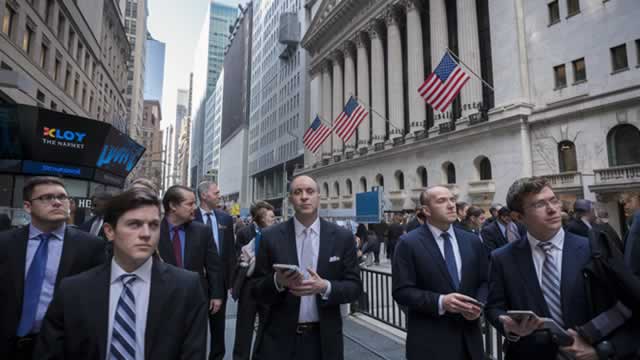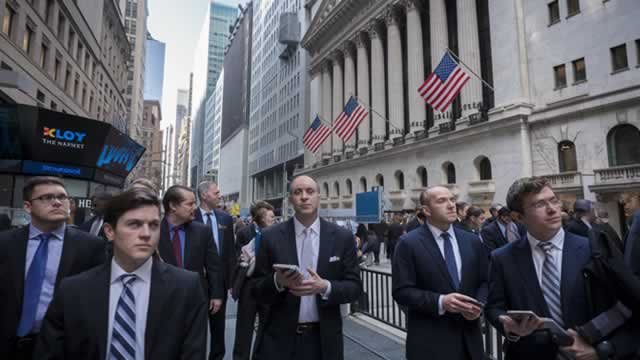The Triple Whammy: Stocks, Bonds, and Dollars in Turbulence
The financial markets have been experiencing a rollercoaster ride lately, with simultaneous selloffs in stocks, bonds, and the US dollar. While this is a concerning sign, it’s essential to understand that the critical indicators aren’t flashing red just yet.
Stocks: Bear Market or Correction?
Stocks have taken a beating in recent weeks, with the S&P 500 and the Dow Jones Industrial Average dipping into correction territory. A correction is typically defined as a 10% decline from recent highs. However, some analysts are warning that we might be on the brink of a full-blown bear market, which is a 20% or more decline.
But fear not, as not every correction turns into a bear market. Historically, corrections have provided excellent buying opportunities for long-term investors. In fact, the S&P 500 has averaged an annual return of around 10% since 1926, according to data from Yahoo Finance.
Bonds: Safe Haven or Risky Business?
Bonds, traditionally seen as a safe haven during times of market turmoil, have also been selling off. The yield on the 10-year US Treasury note has been on a steady upward trend, reaching levels not seen since 2018. This is partly due to expectations of higher inflation and interest rates.
However, it’s important to note that bonds still offer a relatively stable source of income compared to stocks, especially during times of market volatility. And as interest rates rise, bond yields also increase, making them an attractive option for income-seeking investors.
Dollar: Weakness or Strength?
The US dollar has also been under pressure, with the DXY Index, which measures the dollar against a basket of six major currencies, hitting its lowest level since 2018. This weakness in the dollar is partly due to expectations of lower interest rates in the US compared to other major economies.
However, a weaker dollar can be beneficial for the US economy in the long run, as it makes US exports cheaper and more competitive on the global stage. It can also boost inflation, which can lead to higher economic growth.
The Impact on You
As an individual investor, these market movements can be disconcerting, especially if you have a significant amount of your wealth invested in the stock market. However, it’s essential to remember that short-term market volatility is a normal part of investing. History has shown that the markets eventually recover, and long-term investors are typically rewarded.
The Impact on the World
The simultaneous selloff in stocks, bonds, and the US dollar can have far-reaching implications for the global economy. For instance, it can lead to increased volatility in emerging markets, as they are heavily dependent on US dollar-denominated debt. It can also lead to higher borrowing costs for countries that issue debt in US dollars.
Moreover, these market movements can impact global trade, as a weaker US dollar can make US exports more competitive, while making imports more expensive. This can lead to a potential trade war between the US and its trading partners.
Conclusion
The simultaneous selloff in stocks, bonds, and the US dollar is a concerning sign, but it’s essential to remember that critical indicators aren’t flashing red just yet. While market volatility can be disconcerting, it’s a normal part of investing. Historically, corrections have provided excellent buying opportunities for long-term investors. And as interest rates rise, bonds still offer a relatively stable source of income. In the long run, these market movements can lead to higher economic growth and increased competitiveness for the US economy.
- Stocks have dipped into correction territory, but not every correction turns into a bear market.
- Bonds, while seen as a safe haven, still offer a relatively stable source of income.
- The US dollar has been under pressure, but a weaker dollar can be beneficial for the US economy in the long run.
- Market volatility is a normal part of investing, and historically, corrections have provided excellent buying opportunities.
- The global economy can be impacted by these market movements, with potential implications for emerging markets and global trade.





